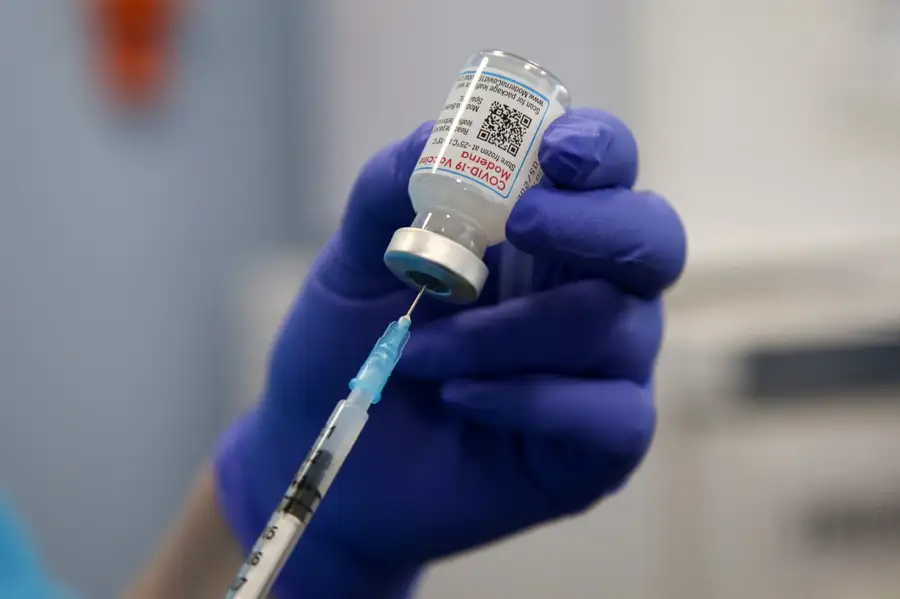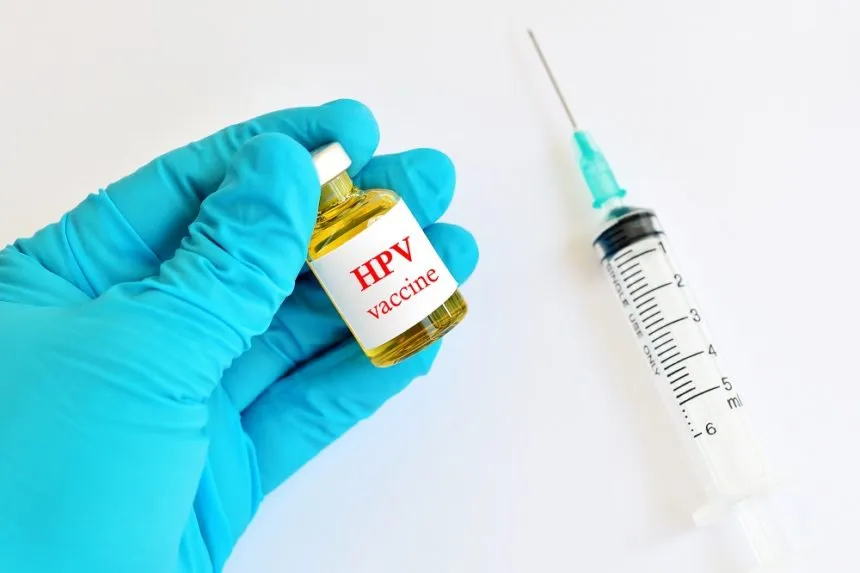According to the findings of a new study, adherence to lifestyle advice and medications could add seven healthy years of life after a heart attack.
“Most heart attack patients remain at high risk of a second attack one year later,” said study author Dr. Tinka Van Trier of Amsterdam University Medical Centre, the Netherlands. “Our study suggests that improving both lifestyles and medication use could lower this risk, with a gain in many years of life without a cardiovascular event,” The study was presented at ESC Congress 2021.
The interheart study previously demonstrated that 80-90 per cent of the risk of a heart attack can be modified by managing factors such as smoking, unhealthy diet, abdominal obesity, inadequate physical activity, hypertension, diabetes and raised blood lipid levels.2 Such management consists of two main strategies: lifestyle change and medication.
However, the response studies showed that adequate levels of these risk factors are seldom reached after a heart attack, even in programs aiming to help patients improve their lifestyles and optimise their medication.
Therefore, “residual risk”, i.e. the risk for another heart attack that is left after conventional treatment, is high to very high in a large number of patients. Dr. Van Trier said: “This study was conducted to quantify this residual risk and estimate the extent to which it could be lowered with optimal management.”
The study pooled data from 3,230 patients that had a heart attack or received a stent or bypass surgery. The average age was 61 years and 24 per cent were women. At an average of one year after the cardiac event, nearly one in three (30 per cent) continued smoking, 79 per cent were overweight, and 45 per cent reported insufficient physical activity.
Just 2 per cent reached treatment targets for blood pressure, LDL (“bad”) cholesterol, and glucose levels – with 40 per cent having high blood pressure and 65 per cent having high LDL cholesterol. However, use of preventive medications was common: 87 per cent used antithrombotic medications, 85 per cent took lipid-lowering drugs and 86 per cent were on blood pressure-lowering drugs.
Using the SMART-REACH model, the researchers calculated the lifetime risk of a heart attack, stroke, or death from cardiovascular disease and estimated changes in healthy years, i.e., cardiac event-free, when lifestyle or medication was changed or optimised.
The model incorporates the following treatment targets: 1) not smoking; 2) antithrombotic therapy with two antiplatelet drugs; 3) lipid-lowering medication (high-intensity statin, ezetimibe and PCSK9 inhibitor); 4) systolic blood pressure below 120 mmHg; 5) if diabetic, use of GLP1-agonist and SGLT2 inhibitor and controlled blood sugar (HbA1c less than 48 mmol/mol).
Dr. Van Trier explained: “The model does not incorporate all lifestyle advice since quantitative data are lacking to calculate gains in healthy life years. But that does not mean that recommendations to eat healthily, maintain a normal weight, and do regular physical activity are less important to reduce your risk.”
The estimated average residual lifetime risk was 54 per cent – meaning that half would have a heart attack, stroke, or die from cardiovascular disease at some point during their life. If the treatment of patients in the study was optimised to meet all targets in the model, the average risk would drop to 21 per cent (one in five patients).
Dr. Van Trier said, “The findings show that despite current efforts to reduce the likelihood of new events after a heart attack, there is considerable room for improvement. Our analysis suggests that the risk of another cardiovascular event could, on average, be halved if therapies were applied or intensified. For individual patients, this would translate into gaining an average of 7.5 event-free years.”






















